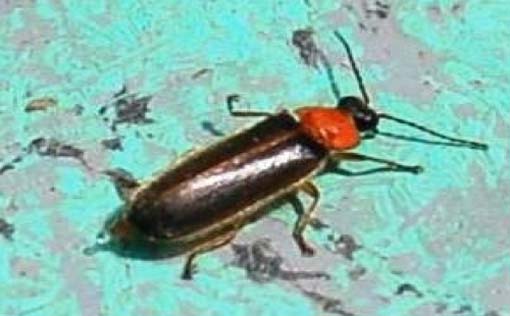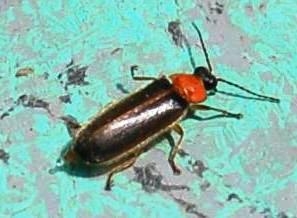Mohd Hafiz bin Abdul Majid, 42 embodies indefatigable spirit.
Here is the story of a man from Myanmar, unbeaten, unstoppable and relentless in his mission to safeguard fireflies, the guardians of our forest, rivers, mangroves and wetlands.
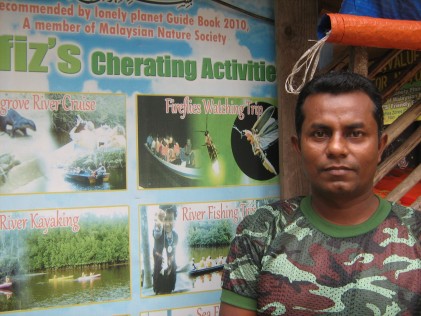
24 years ago, Hafiz was a student activist in Yangon.
He fled his country to avoid persecution, trekked across Thailand and after much hardship, landed in Malaysia, was deported and returned but not without having his leg broken in an accident and being cheated countless times.
He is passionately serious about fireflies also known as glow worms, as he believes their presence indicates the good health of the environment.
Citizen Journalists Malaysia (CJMY) asked him how he got entangled with fireflies also known as the lightning bug.
Hafiz replied,”Eight years ago, when I started taking tourists in my boat, I realized that the guide was giving them wrong information and that prompted me to learn more about the “kelip kelip” or “api api” as the fire flies are known locally.”
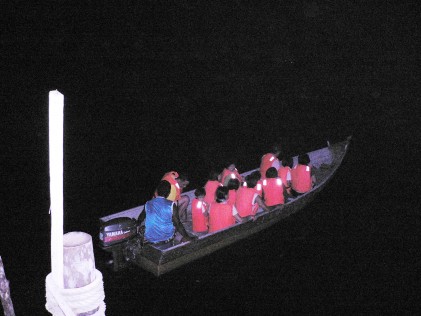
With his ever inquiring mind, the questions he received from the tourists about the firefly piqued his interest.
Those days, tourists all went to Ibor to watch fireflies.
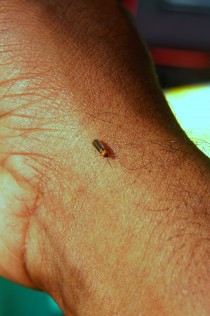
Life was one continuous struggle after another for Hafiz but things took a turn for the better when Professor Nobuyoshi Ohba of Japan and Sonny Ong, the Conservation Officer of the Malaysian Nature Society met him.
He joined the Malaysian Nature Society and was able to study fireflies in greater detail.
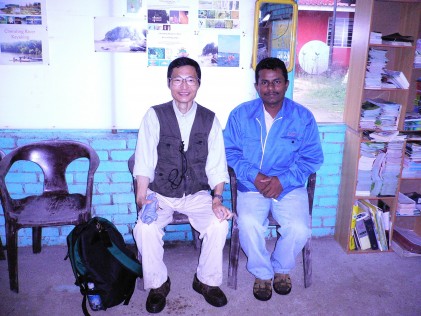
Hafiz asked CJMY, “Have you ever wondered why fireflies twinkle?
It is a form of communication for the purpose of mating and as a warning light from impending enemies.”
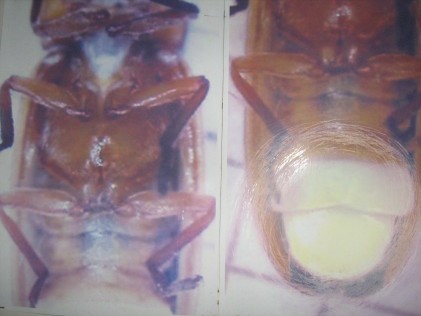
He continued, “Do you know where the glow comes from?
“It is from the abdomen and due to the protein they make. They twinkle about eight times per minute.
“The male shines brighter than the female,” he said.

The abundance of bakau trees in Cherating attract the non synchronous (Pteroptyx Bearni) fireflies.
This means they do not flicker simultaneously.


Their life cycle is fascinating: They feed on river snails and mate 365 days in the year, usually after sunset.
The eggs are laid on the ground among the moss and decaying plant material near the river.
After several months, the larvae become pupae.
The firefly emerges after 10 days. Males die after mating. After the females lay the eggs on the swamp, they too perish.

There are more than 2,000 species of fireflies around the world but in Malaysia, there are 8 species and in Cherating, there is only one species.
In his persistence to continually improve himself, he was exhilarated when he attended the International Firefly Symposium Malaysia in Subang Jaya in August 2010 where he met researchers and firefly lovers from many parts of the world.
For the first time this year, he attended the National Achievers Congress by Robert Kiyosaki. He could not afford the ticket but he answered all the questions and they sent him a free ticket.
He confided in CJMY,” Although it is not proven yet, the protein in the fire flies may be used to treat breast cancer and to check the quality of water in the future.”
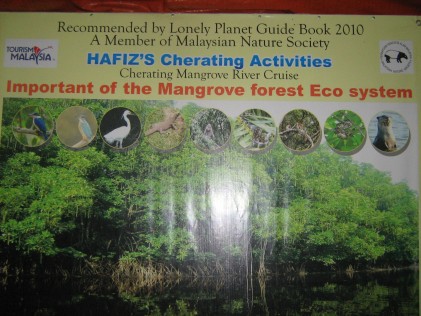
Hafiz likes Malaysia as information is easily available compared to his home country.
To him the most challenging is the people, some of whom are not sincere in helping him. In fact, they cheat him of his money taking advantage of him being a foreigner.
He is determinedly passionate about the importance of educating the younger generation to conserve the environment.
He ended the interview stressing this message,” Only a well-managed river basin will keep them twinkling.”
Hafiz strongly urges young people to be aware of the need to conserve Fireflies to protect their future.
According to him, the following situations cause fireflies to become extinct:
1. Lights from houses and street lights
2. Forest clearing: construction of chalets means less mangrove as the larva eat river snails that live in mangrove swamp.
3. River pollution: waste water discharged into river is smelly and suffocates them. Fireflies need fresh air and fresh water.
4. Forest fires kills them.
From one speed boat, five life jackets and a five-minute briefing, he now has four boats that can take 50 people and his briefing is now 30 minutes long.
He is married to a Malaysian and has two children.


